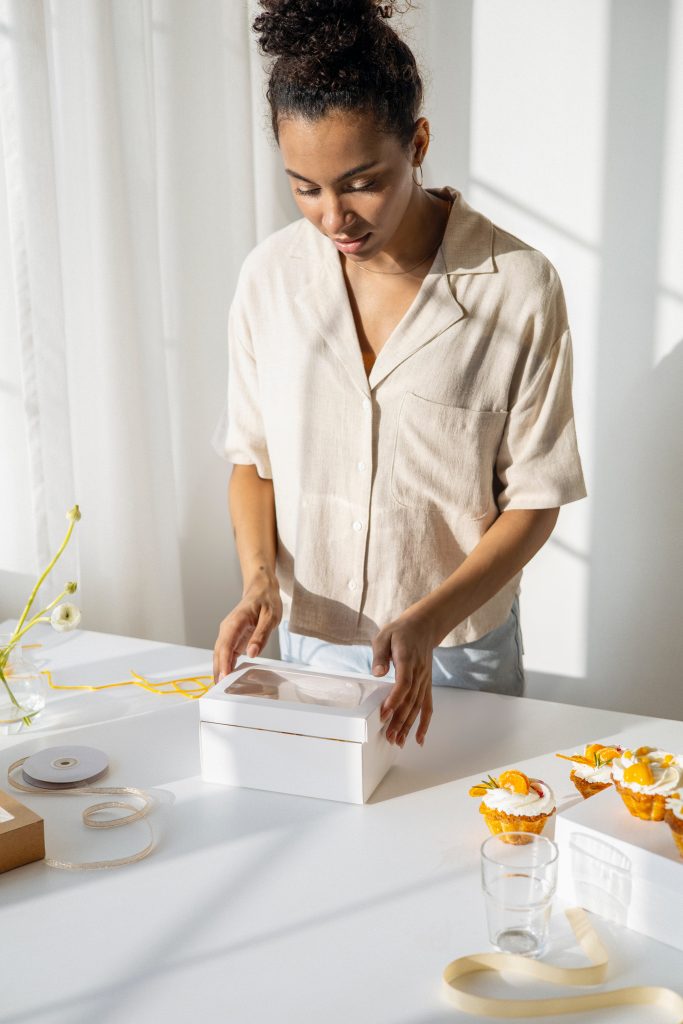How To Design Packaging That Reflects Your Brand
Your logo is a part of your brand, but your brand is a lot more than just your logo. Your brand is the overall impression that consumers have of your company. Every interaction that you have with the public, down to the printed mylar bags or whatever packaging you use for your product, communicates something about your company to customers. You want the impression to be a positive one, and that means carefully considering both your brand image and your packaging options.

Considering Your Brand Image
Your brand image is a persona that you present to your customers. You probably have qualities that you want your customers to associate with your products. However, consumers are smart, and if the reality of your company and your product is not consistent with the messaging, they will notice and decide you have no integrity.
Your brand image is a promise that you make to consumers saying that you will deliver on your messaging. To avoid making promises that you can’t fulfill, your packaging should be functional and accurately represent what is inside.
Your brand image is also a reflection of the values on which your company is built. For example, sustainable packaging demonstrates concern for the environment, while connected packaging shows a desire for interaction with the consumer. When you express your values through your brand image, they resonate with customers who share your values. They are more likely to gravitate toward your brand and develop loyalty to it. However, if you ever undermine those values, the customers who based their loyalty on them will feel betrayed. They are likely to not only reject your products in the future but complain about them to other prospective customers. Therefore, it is important that you carefully consider what your brand image communicates to customers and only advance values that you truly and deeply believe in.
What Packaging Works Best for Your Brand
Most importantly, the packaging you choose should be functional, protecting the product so that it reaches the customer in the best possible condition. For example, custom coffee bags should keep out oxygen to preserve the fresh-roasted taste of the coffee but have a one-way degassing valve to release the carbon dioxide that the coffee gives off after roasting.
Consumers typically spend less than 10 seconds looking at packaging before making a purchasing decision, sometimes spending as few as four. Therefore, you need to have an eye-catching design that attracts attention. Once the consumer looks at your product, he or she should be able to identify immediately what your product is and who makes it.
Because your brand image is a promise, the packaging should help you fulfill it by accurately representing what is in the package. It should not give a false impression, or your customers will be disappointed upon opening the package and finding out that what is inside is not what they expected.
Finally, your packaging should reflect your company values. For example, if protecting the environment is important to you as a business owner, sustainable packaging reflects your values and demonstrates your commitment to your customers.
Check out the many options that packaging companies offer to help you differentiate your packaging and create a distinctive brand image.
Discover more from Mommity
Subscribe to get the latest posts sent to your email.

